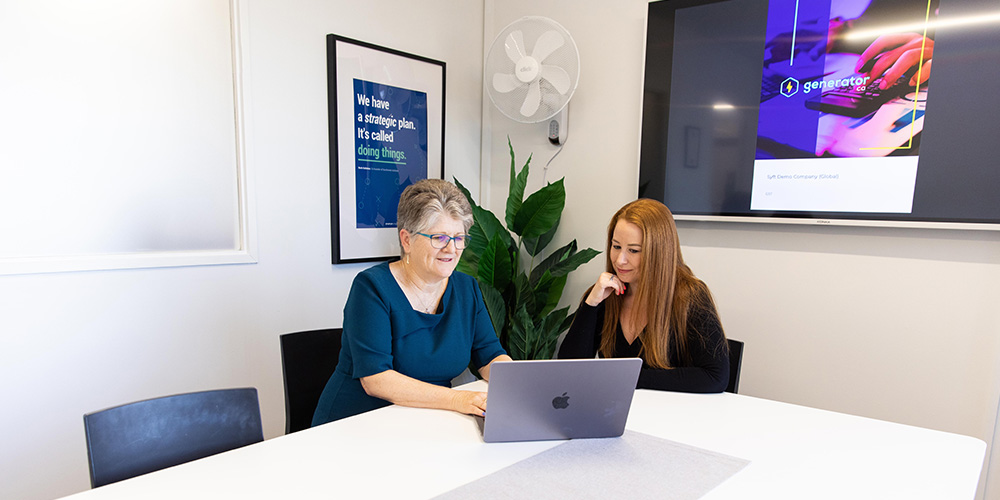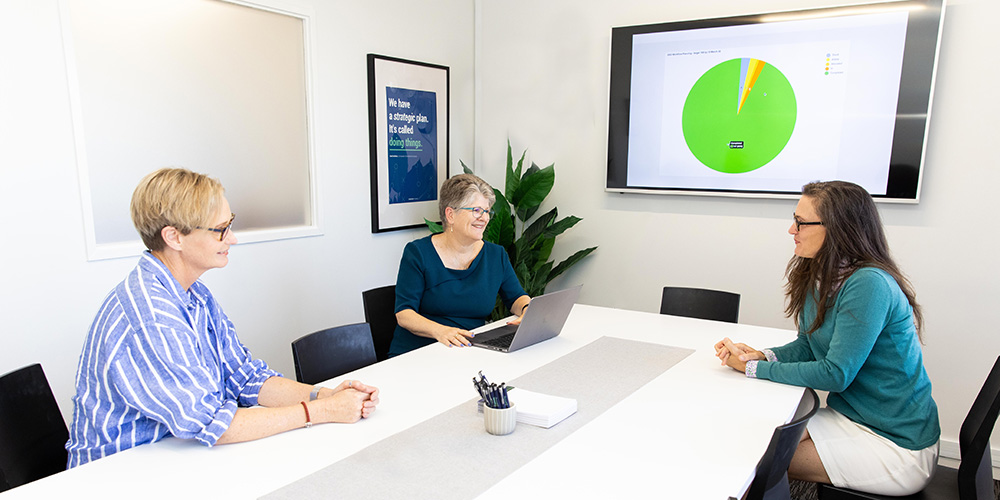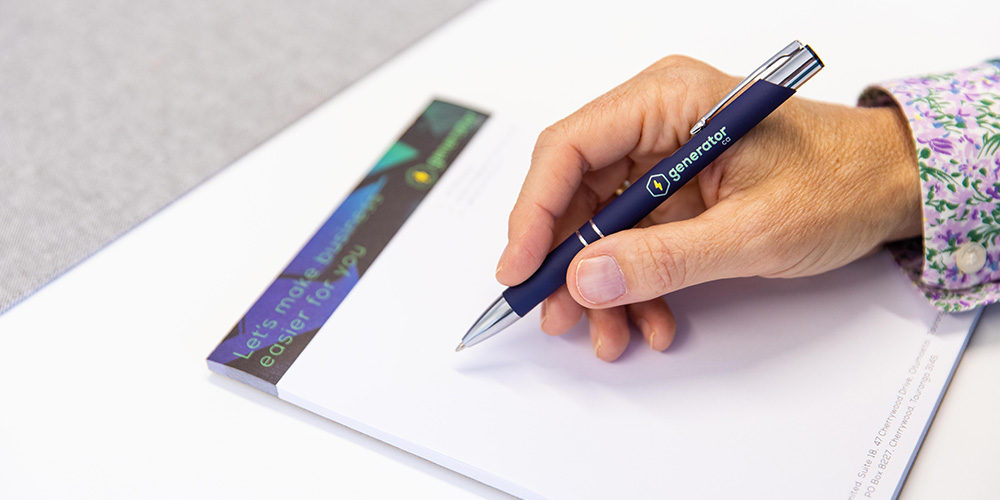80% of businesses fail in the first 2 years – not because they aren’t profitable but because they run out of cash.
To be successful you have to know the difference between profit and cash flow.
Net profit is what you have left after you deduct all your business expenses from all your revenue. You change net profit only by changing the things that affect revenue and expenses.
For example, if:
- You renegotiate with your suppliers, you may get stock cheaper, or carry less inventory
- Your staff engage with customers better, you can learn more about what they do and don’t like – and get more business
- You can roster staff differently, and you may be able to run your business more efficiently
Cash flow comes from various sources, money from sales, loans from the bank or funds introduced by shareholders or investors. However, it also goes out to cover operating expenses, taxes, stock purchases, equipment purchases, loan repayments, distributions to owners, and so on.
A profitable business does not always have good cash flow. And a business with good cash flow is not always profitable. For example, you can have good cashflow, and loss-making expenses if someone is prepared to continue to invest in your business. Growth consumes cash – more staff, more inventory, more plant and equipment, and more overheads, at least in the short term.
In a simple business, you receive cash at the time of sale and pay for expenses as you go.
Things get more complicated when you start selling on credit and holding inventory. If you have to pay for inventory before you receive it, as often happens in a new business, and don’t get paid until 30 days after you have sold it you can have a significant cash shortage.
For a simple example:
You purchase $10,000 of goods for resale and pay in advance
They take 2 weeks to arrive
You sell them to your customer for $30,000 on 30-day terms.
In the interim, you pay wages, rent and other overheads of $10,000
While your business will have a $10,000 profit, you will need $20,000 of cash to fund the purchase and operations.
To work out how fast you can grow your business, you need to look at your projected cash flow. We can advise you on this.
Keeping cash crowned as King
Your business can’t survive without cash.
The following ten takeaways are essential for business success:
- Protect your cash position, by knowing what it is. Build a cashflow statement and always keep it up-to-date. If you foresee a shortfall, start at once to fix it.
- Create a cash buffer as an insurance against unexpected difficulties.
- Protect your cash position against revenue shocks, by maintaining a balance equivalent to at least two months of operating expenses.
- Understand your business breakeven – what revenue do you need to generate to cover your operating expenses?
- Be realistic with revenue expectations. Take action now if it looks like sales are not going to get you to break even – don’t expect to make up an early-year sales shortfall at the end of the year.
- Credit checking up front will reduce the risk of customer non-payment. Make sure you follow up with clear payment terms agreed upon in writing. Communicate regularly with customers and automate collection where possible. Ask for a deposit.
- Make it easy for your customers to pay with apps such as PayPal, Stripe and GoCardless
- Every dollar you spend reduces cash reserves. The best way to protect your cash is to create a budget for the spending you know you need and stick to it.
- Manage stock holdings and request credit terms when possible.
- Review capital expenditure – can you lease rather than buy?
Looking to improve cashflow? Make a time to talk to us. We are here to help.





















